Magnolia Fig: Guide and Tips
Introduction
As a passionate gardener, I’m always on the lookout for unique plants that bring beauty and purpose to my garden. One such gem is the Magnolia Fig. Known for its striking large leaves and ornamental beauty, this plant is a must-have for anyone wanting to create a lush, tropical atmosphere in their garden or home. The Magnolia Fig (also known as Ficus macrophylla) is a member of the Ficus genus, which includes both ornamental and fruit-bearing varieties.
But beyond just its beauty, it offers a variety of benefits that can elevate any landscape, from providing shade to purifying the air. Whether you’re planting it in a garden, using it as a feature plant on your patio, or growing it indoors, the Magnolia Fig is a versatile and resilient plant that will thrive with the right care. Let’s dive into everything you need to know about growing, caring for, and styling the Magnolia Fig in your space.

Background and Origins
The Magnolia Fig, or Ficus macrophylla, is native to the rainforests of Eastern Australia, particularly along the coasts of Queensland and New South Wales. It is a large, evergreen tree known for its massive leaves and wide-spreading canopy. In its natural habitat, the Magnolia Fig can grow up to 60 feet tall, though it can be pruned to fit smaller spaces in cultivation. The tree thrives in humid, subtropical climates, and it’s often found growing near water sources in its native regions.
In addition to its impressive size and ornamental appeal, the Magnolia Fig also has a fascinating growth habit. It is a banyan-type tree, meaning it can grow aerial roots from its branches to create a sprawling, interconnected network of roots that further supports its growth. This characteristic is particularly captivating, and in some cases, the tree can develop multiple trunks as the aerial roots take hold in the soil. In its native habitat, the Magnolia Fig can live for decades, and it is often seen as an iconic feature in tropical and subtropical landscapes.
Plant Profile
The Magnolia Fig is a tree that stands out with its dramatic size and bold, glossy leaves. The plant’s most notable feature is its large, dark green leaves, which can grow up to 12 inches long. These broad, leathery leaves give the tree a dense and lush appearance, making it a perfect choice for creating a tropical look in gardens and indoor spaces.
The tree itself has a broad, spreading canopy that provides excellent shade, making it an ideal choice for large outdoor spaces. Its aerial roots and unique growth habits give it an added dimension, providing interest and texture to the landscape. In addition to its ornamental value, the tree’s bark is a smooth, light gray that contrasts beautifully with its dark green leaves, creating a stunning visual effect.
While it can grow to be quite large outdoors, the Magnolia Fig can also be grown in containers, making it a versatile plant for both large gardens and smaller spaces. When grown indoors, it can be pruned to keep it at a manageable size, making it a popular choice for interior decor.
How to Grow Magnolia Fig: Step-by-Step Guide
Growing a Magnolia Fig is relatively straightforward, as long as you provide it with the proper environment and care. Here’s a step-by-step guide to help you get started:
Choose the Right Location
The Magnolia Fig prefers bright, indirect light. If growing indoors, place it near a large window where it can receive plenty of light without being exposed to direct sunlight. Outdoors, it thrives in partial shade to full sun. However, be aware that too much direct sunlight may scorch its leaves, especially in hotter climates.
Prepare the Soil
Magnolia Figs prefer well-draining, fertile soil. They do best in slightly acidic to neutral soil (pH 6.0 to 7.0). A good potting mix with added compost works well for containers, while garden beds can benefit from the addition of organic matter to improve soil texture and drainage.
Watering
This plant enjoys consistently moist soil, but it does not like to sit in standing water. Water the Magnolia Fig deeply when the top layer of soil feels dry. Be sure to allow excess water to drain from the pot or garden bed to prevent root rot. During the hotter months, the plant may need more frequent watering, but in winter, reduce watering to avoid over-saturating the soil.
Temperature and Humidity
Magnolia Figs thrive in warm, humid environments. Ideal temperatures range from 65°F to 85°F (18°C to 29°C). If growing indoors, consider placing the plant in a room with a humidifier or misting it regularly to maintain the moisture levels it prefers. Outdoors, the plant does best in subtropical and tropical climates.
Fertilizing
To encourage healthy growth, feed your Magnolia Fig with a balanced, slow-release fertilizer during the growing season (spring and summer). Apply fertilizer once every 4-6 weeks to support robust foliage growth. In the winter months, reduce or stop fertilizing since the plant enters a dormant phase.
Repotting
If you’re growing the Magnolia Fig in a pot, repot it every 1-2 years to refresh the soil and allow for continued root growth. Choose a pot that is 2-3 inches larger in diameter than the current one to allow the roots to expand comfortably.
By following these steps, your Magnolia Fig will grow into a healthy, thriving plant, bringing beauty and a tropical atmosphere to your space.
How to Care for Magnolia Fig
Caring for the Magnolia Fig requires maintaining the right balance of water, light, and temperature. Here are some care tips to keep your plant healthy:
- Light: As mentioned earlier, the Magnolia Fig prefers bright, indirect light. If grown indoors, placing the plant near a window with sheer curtains will help filter the sunlight and provide the perfect lighting conditions.
- Watering: Magnolia Figs like to stay moist but not soggy. Water the plant when the top 1-2 inches of soil feel dry to the touch. Ensure the pot or garden bed has good drainage to avoid waterlogging. During the growing season, you may need to water more frequently, while in the winter, reduce watering.
- Humidity: This plant loves high humidity, so make sure the environment is humid enough, especially if you are growing it indoors. Mist the plant regularly or place it on a humidity tray filled with water and pebbles. A humidifier can also help maintain optimal moisture levels.
- Temperature: The Magnolia Fig does best in warm temperatures, ideally between 65°F and 85°F (18°C to 29°C). Avoid placing it in areas with cold drafts or sudden temperature fluctuations, as this can stress the plant.
- Pruning: Regularly remove dead or yellowing leaves to improve the plant’s appearance and health. You can also prune the plant to maintain a manageable size, especially if growing it indoors. Cutting back leggy growth encourages the plant to become bushier and more compact.
- Repotting: If you’re growing the Magnolia Fig in a container, repot it every 1-2 years to ensure that the plant’s roots have enough space to grow. Repotting also refreshes the soil, providing the plant with the nutrients it needs for optimal growth.
By following these care tips, your Magnolia Fig will thrive and continue to add lush greenery to your space.
Benefits of Magnolia Fig
The Magnolia Fig offers several benefits that make it a valuable addition to any home or garden. Here are some key advantages:
- Aesthetic Appeal: The large, glossy leaves and bold presence of the Magnolia Fig make it a striking focal point in any space. Whether placed indoors or outdoors, it provides a lush, tropical look that enhances the overall ambiance.
- Air Purification: Like other members of the Ficus genus, the Magnolia Fig helps purify the air by absorbing carbon dioxide and releasing oxygen. Growing this plant indoors can contribute to a healthier living environment by improving air quality.
- Shade and Privacy: When grown outdoors, the Magnolia Fig’s broad canopy provides excellent shade, making it a great option for creating a cool, shaded area in your garden. Its large size and dense foliage can also serve as a natural privacy screen.
- Low Maintenance: While the Magnolia Fig thrives in specific conditions, it is relatively low-maintenance compared to other large tropical plants. Once established, it requires minimal care, making it an excellent choice for busy gardeners or those new to plant care.
- Unique Growth Habit: The Magnolia Fig’s aerial roots and expansive canopy give it a unique and captivating growth habit. It can create an intriguing visual effect as it grows, with multiple trunks or a sprawling root system.
By incorporating the Magnolia Fig into your garden or home, you can enjoy these benefits and create a vibrant, healthy space.
How to Prune Magnolia Fig
Pruning is an essential part of caring for the Magnolia Fig. Here’s how to prune it effectively:
- Remove Dead or Damaged Growth: Prune away any yellowing or dead leaves to maintain the plant’s appearance and prevent the spread of disease.
- Control Size: If the plant becomes too large or leggy, prune back some of the longer stems to encourage bushier growth. Regular pruning helps the plant maintain a compact shape, especially in smaller spaces.
- Cutting Back Growth: When pruning, always use clean, sharp scissors or pruning shears to make clean cuts. This helps the plant heal faster and reduces the risk of infection.
Pruning your Magnolia Fig regularly will keep it looking healthy and vibrant while promoting strong growth.
Fun Facts
- Tropical Beauty: The Magnolia Fig’s large, glossy leaves create a tropical look, making it an excellent addition to both tropical-themed gardens and indoor decor.
- Banyan-Type Growth: The plant’s ability to grow aerial roots from its branches is a fascinating feature, creating a network of roots that support its growth and spread.
- Longevity: In its native environment, the Magnolia Fig can live for many decades, growing into a massive, majestic tree. In cultivation, it can live for many years with proper care.
Conclusion
The Magnolia Fig is a stunning plant that brings a sense of tropical luxury to any garden or indoor space. With its dramatic size, lush green leaves, and air-purifying benefits, it’s a fantastic addition to your plant collection. By following the care tips in this guide, you can ensure that your Magnolia Fig thrives, providing you with years of beauty and enjoyment. Whether grown indoors as a statement piece or outdoors to create shade and privacy, the Magnolia Fig will undoubtedly become a centerpiece in your space.
For more information on growing figs, check out our guides on Kadota Fig and Black Mission Fig.


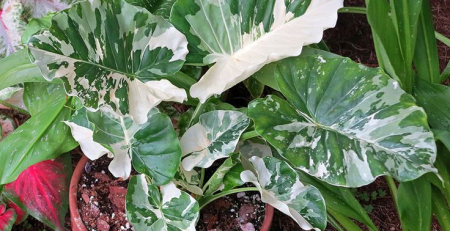
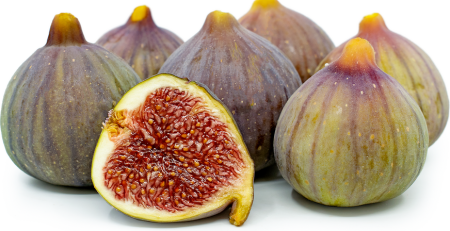
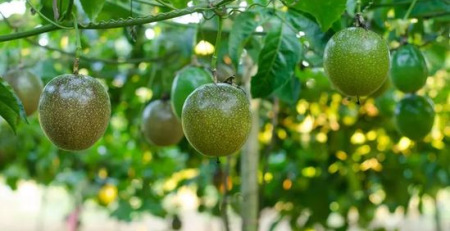
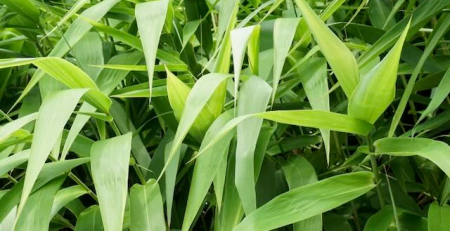



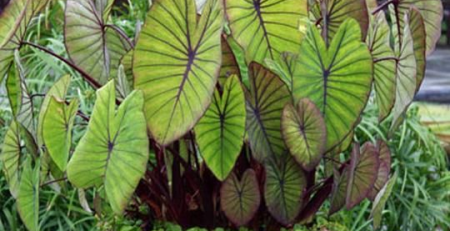
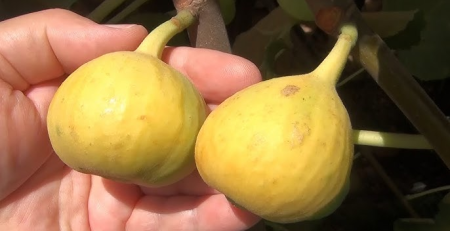
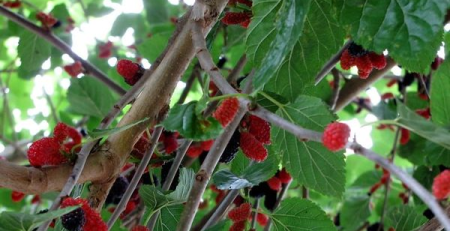
Leave a Reply